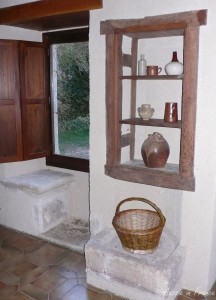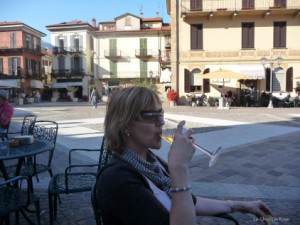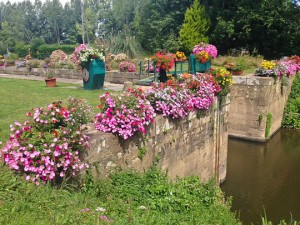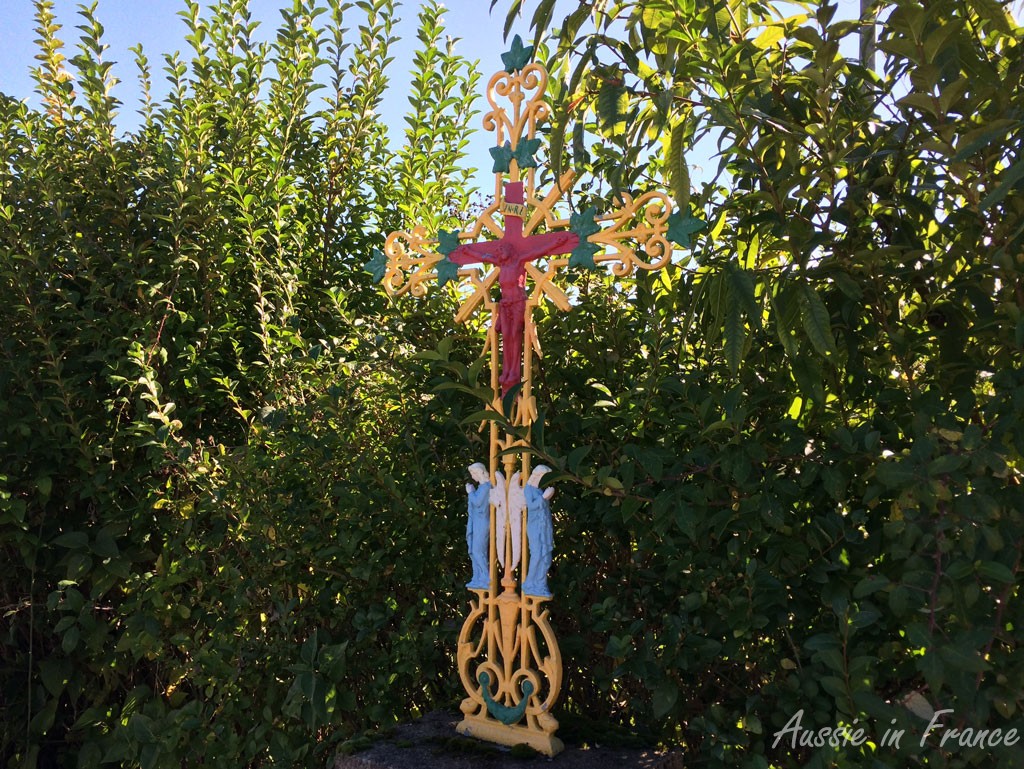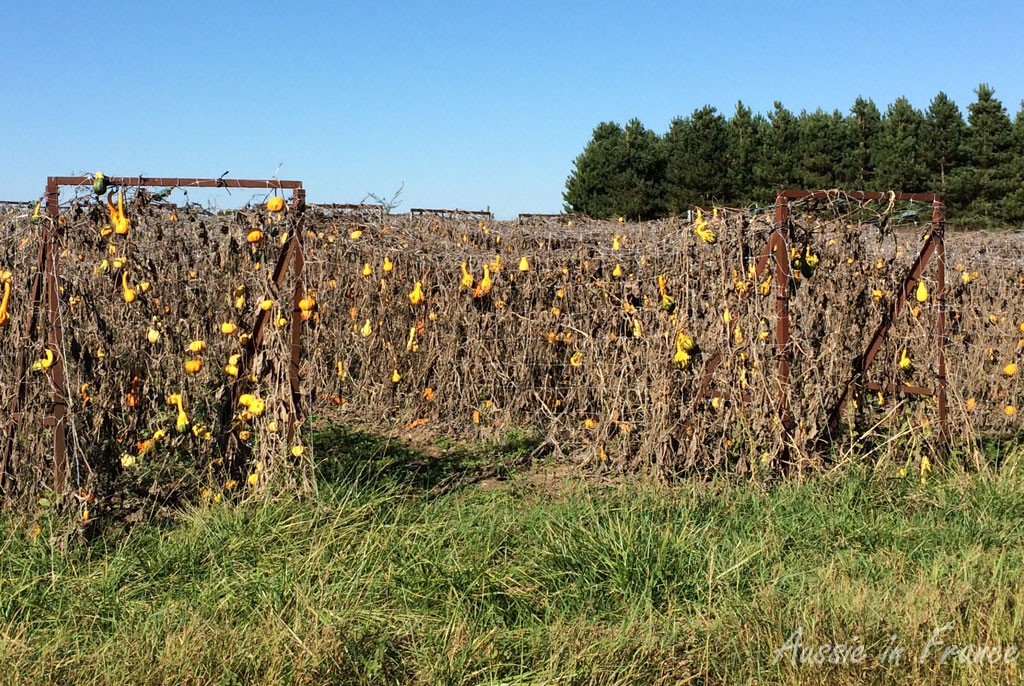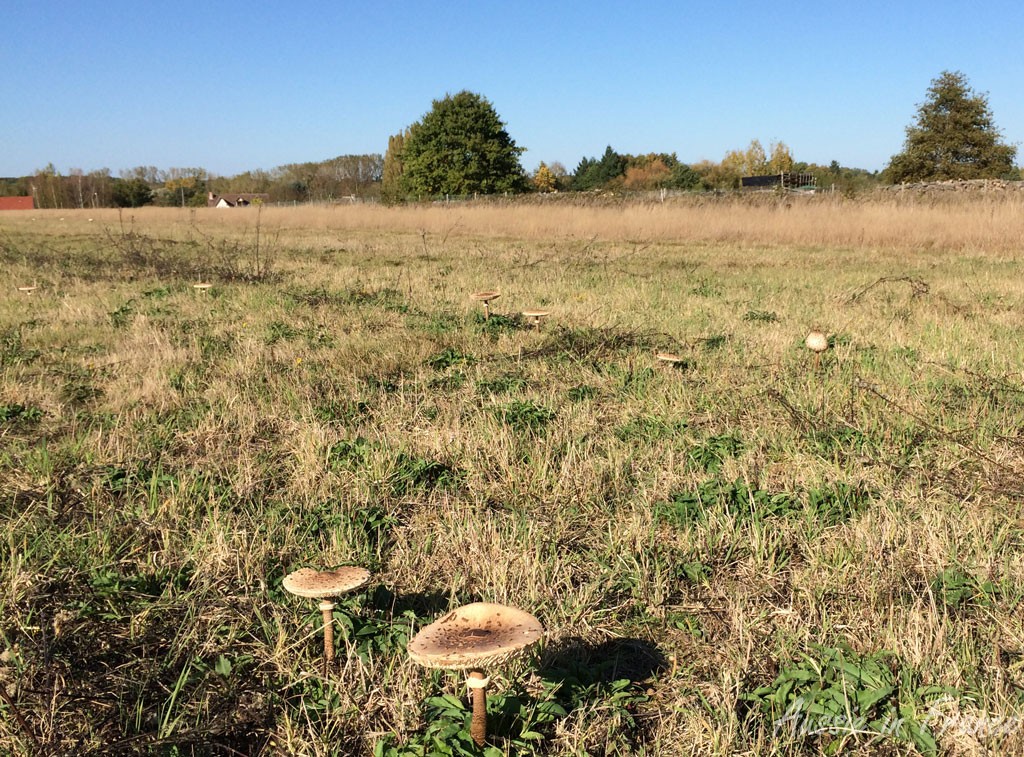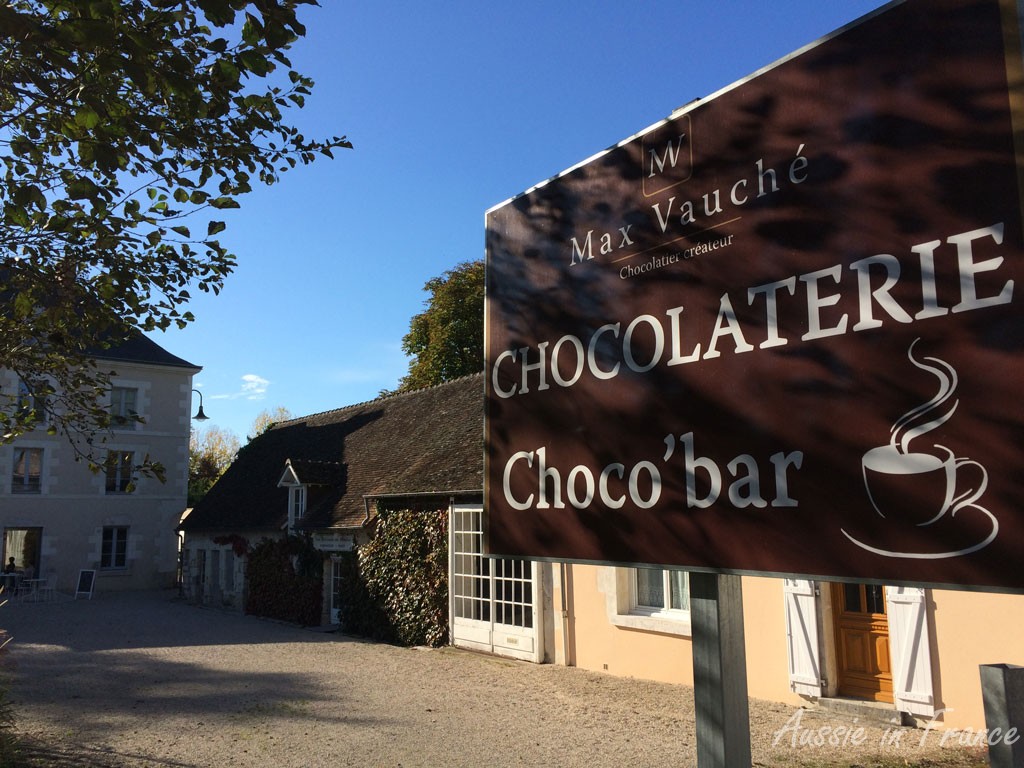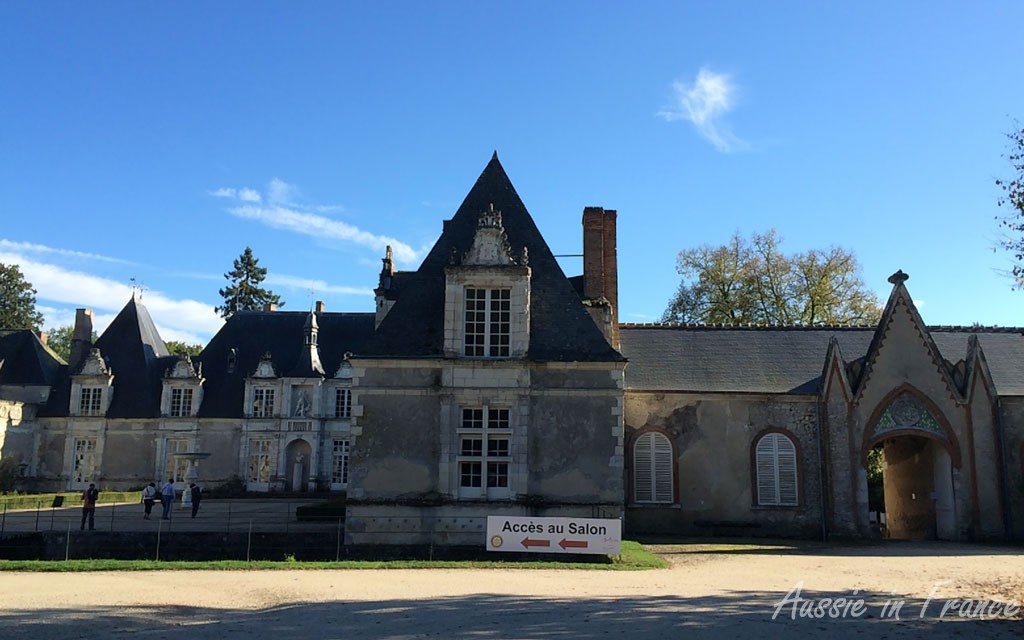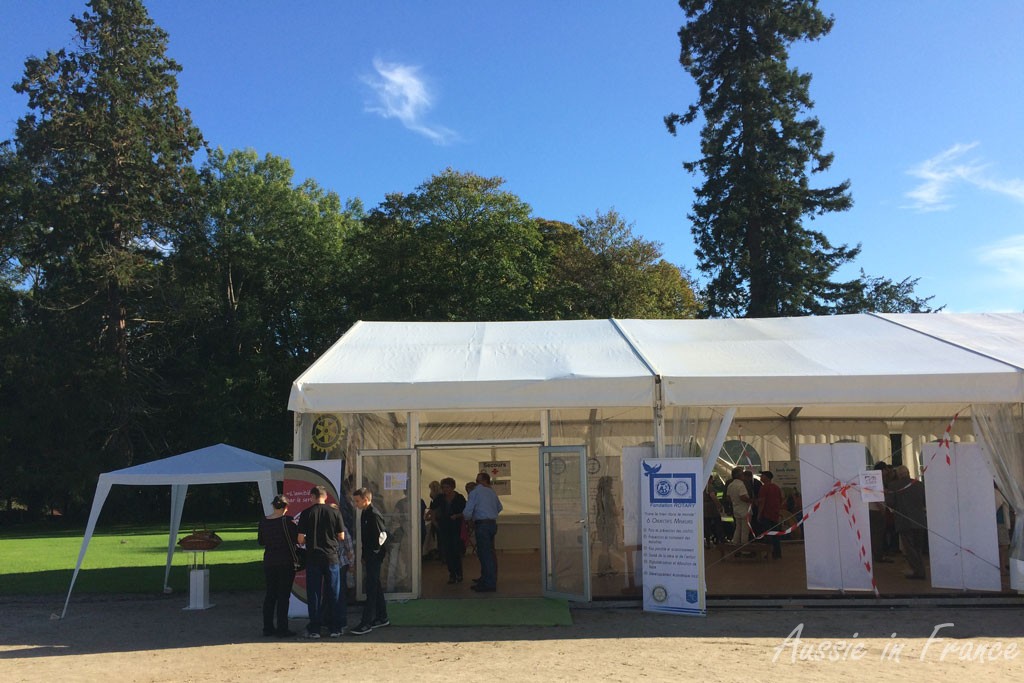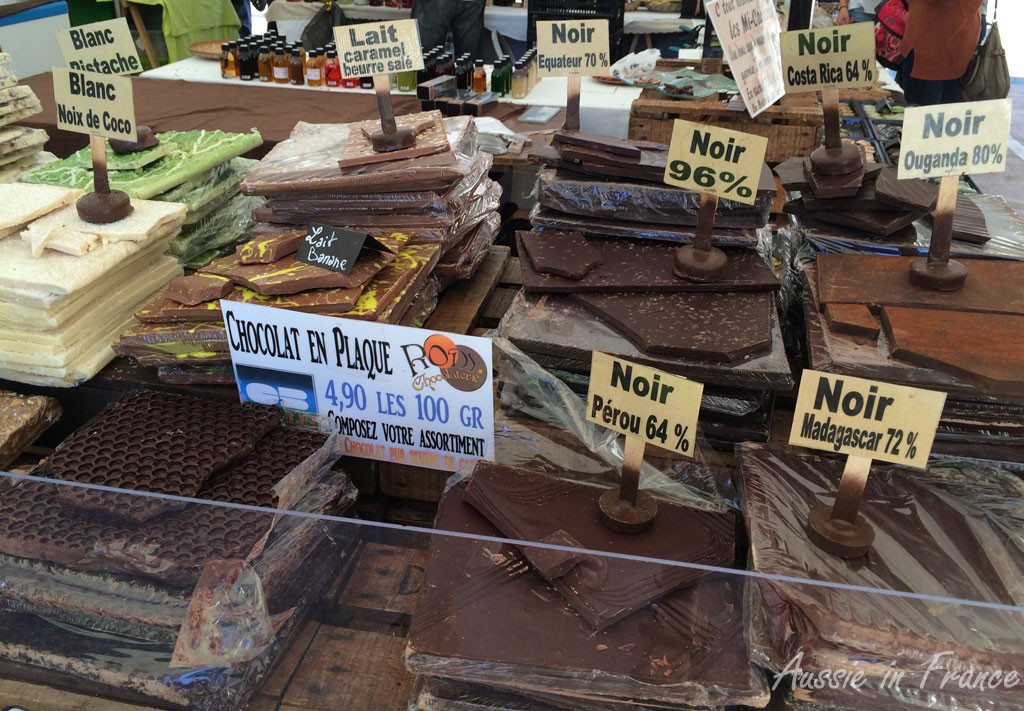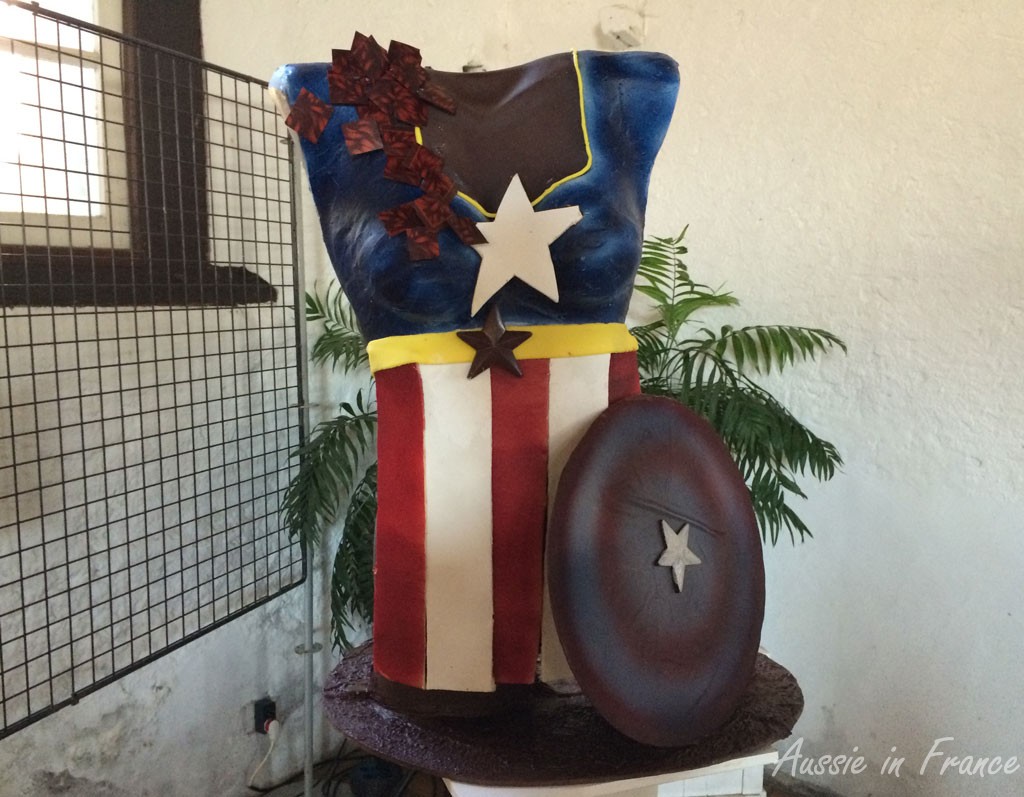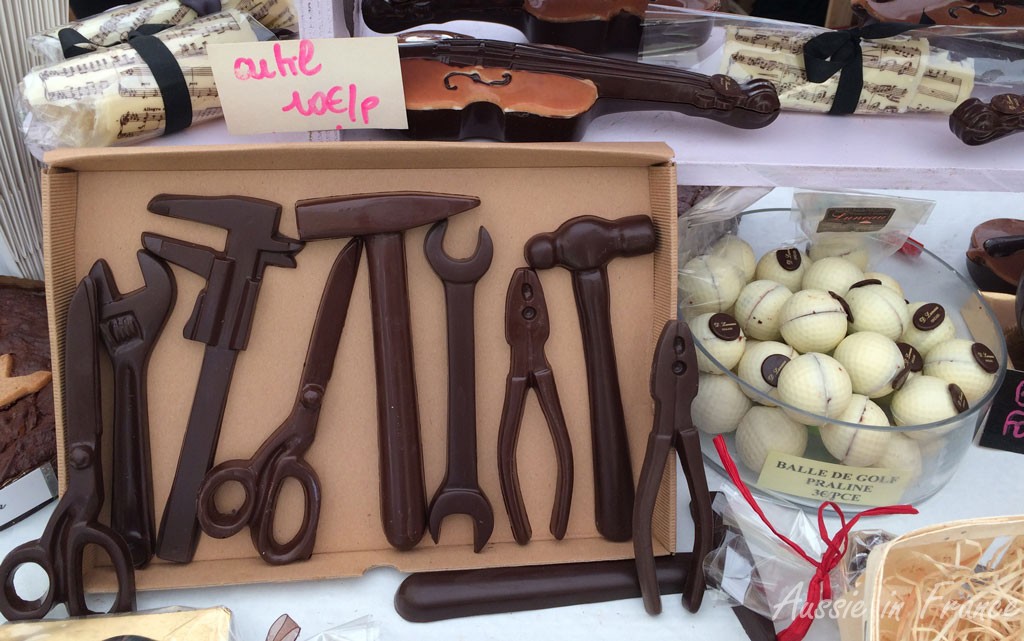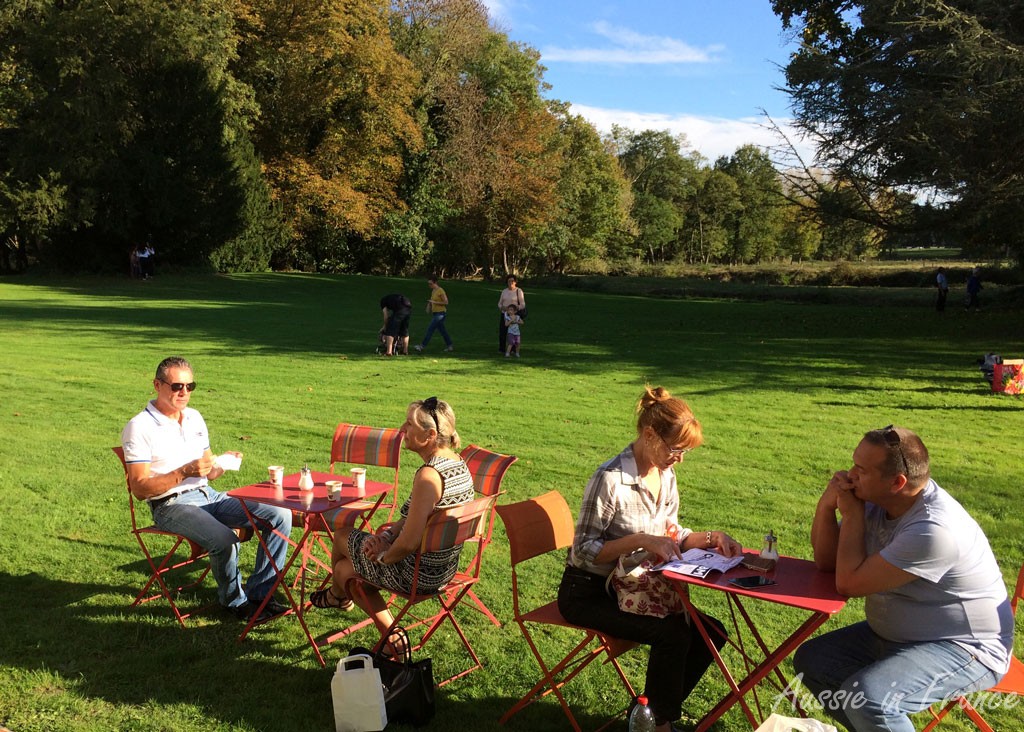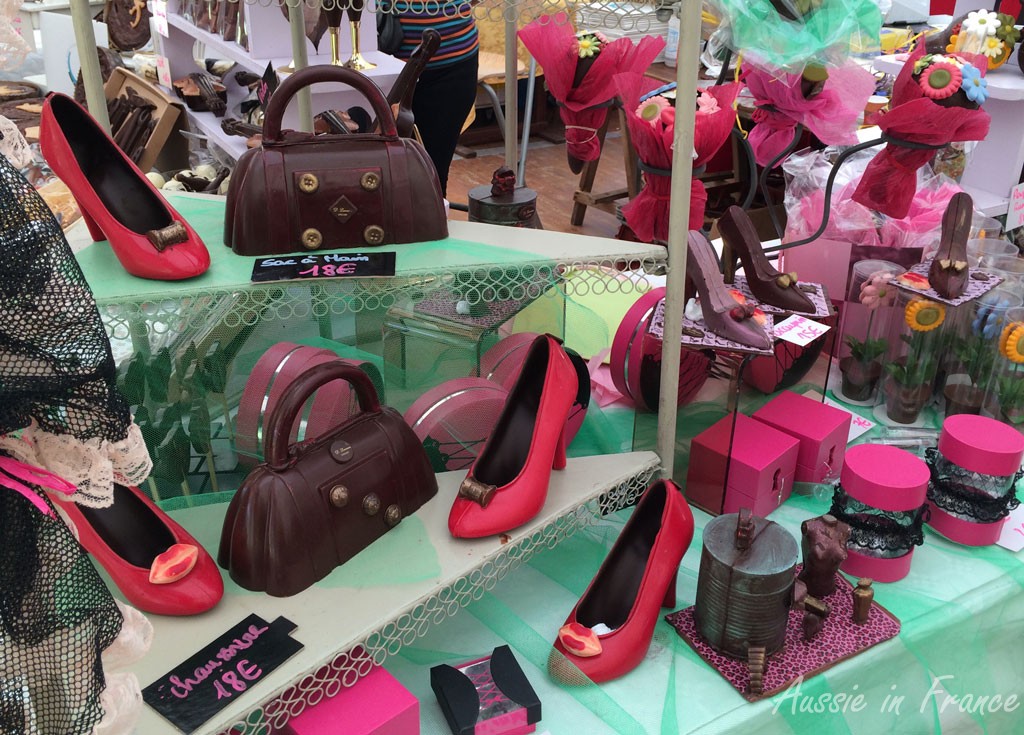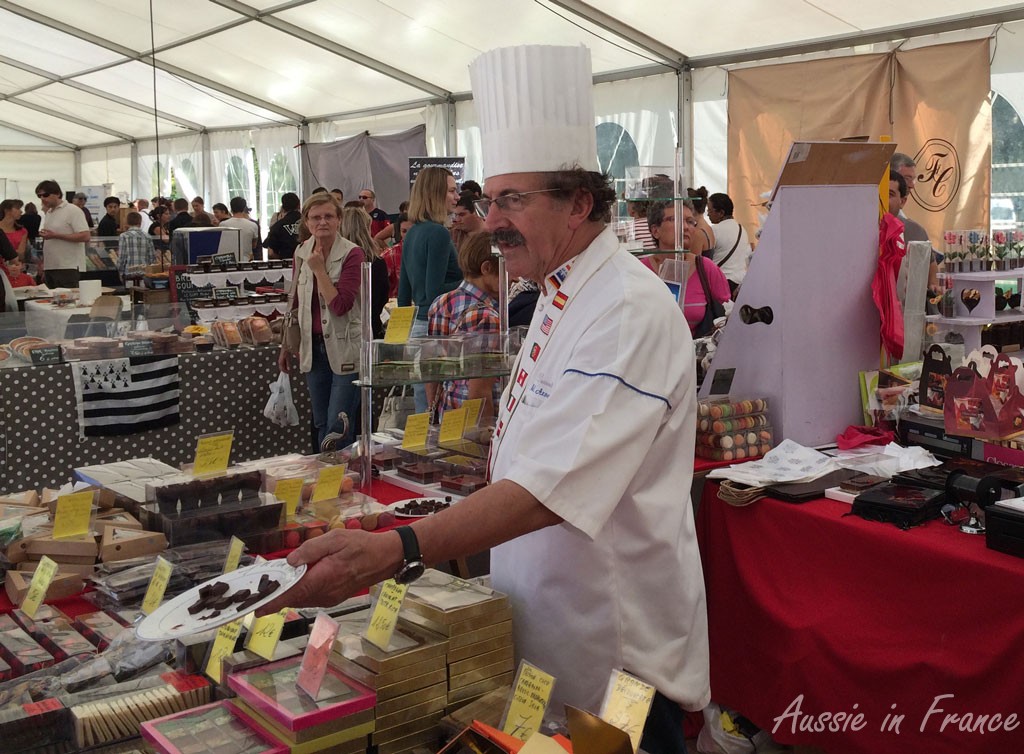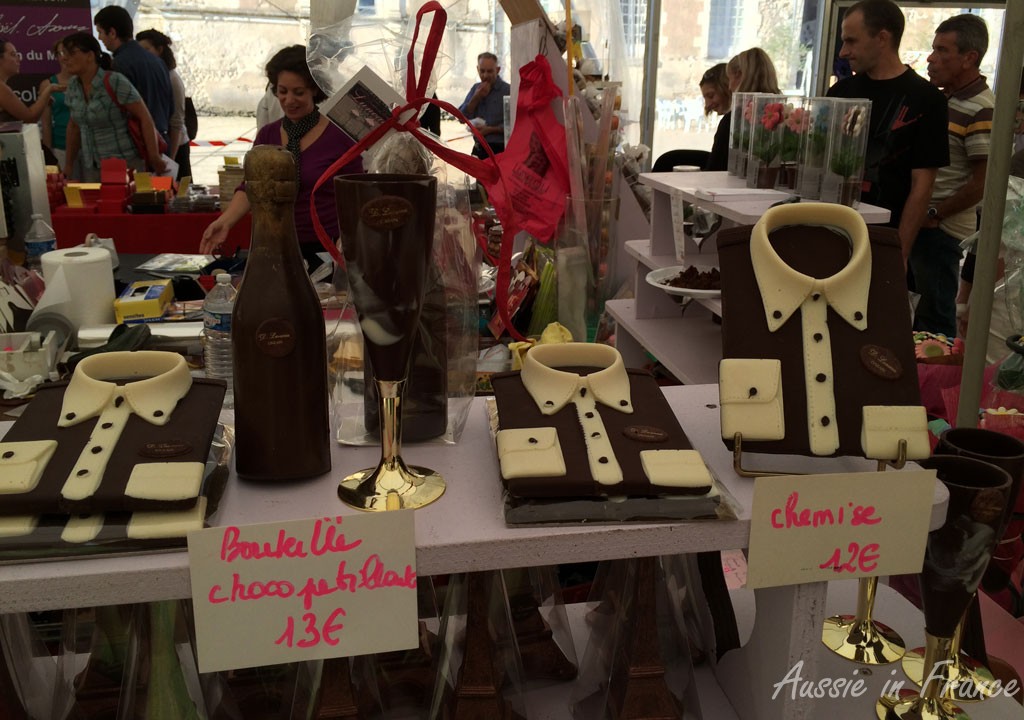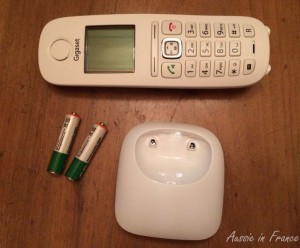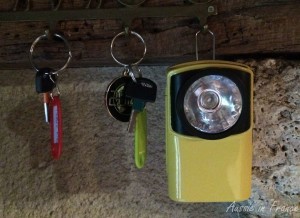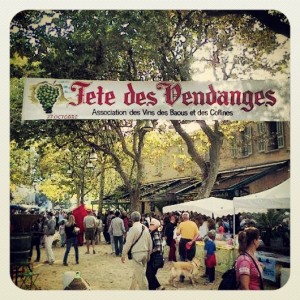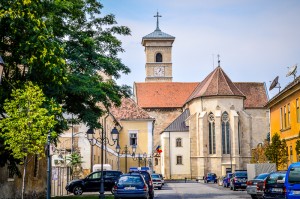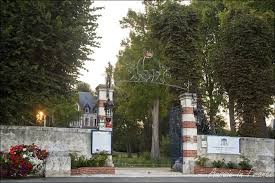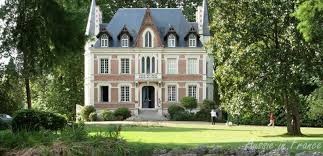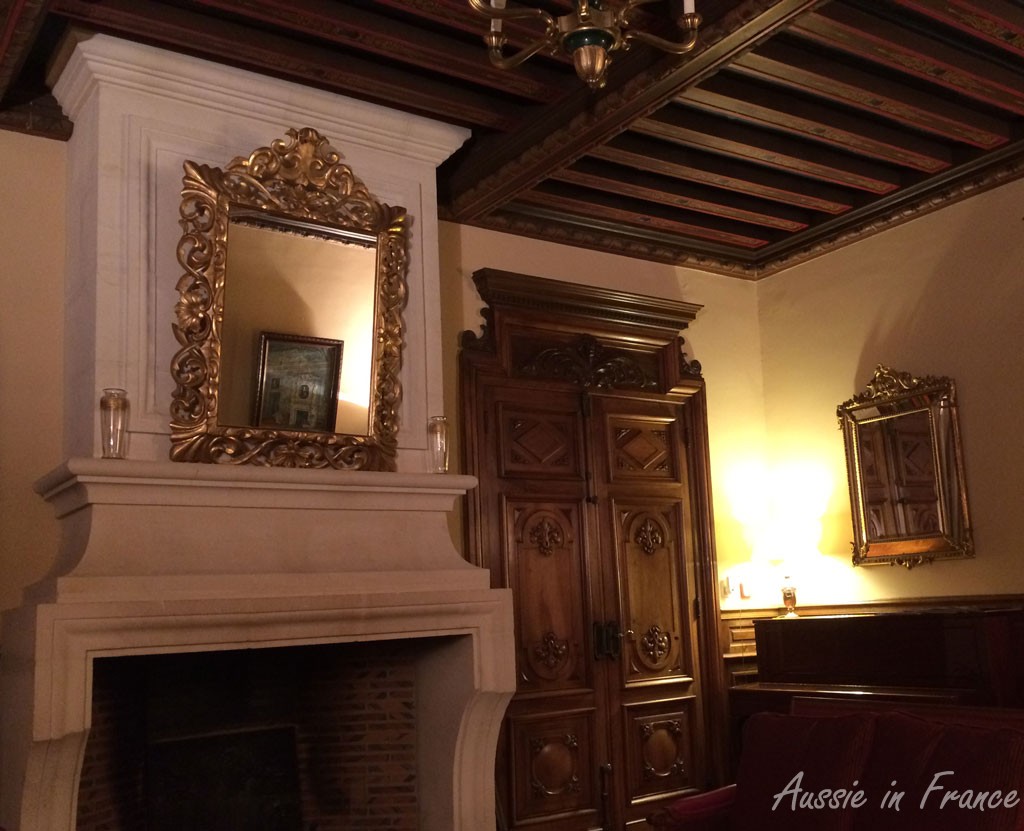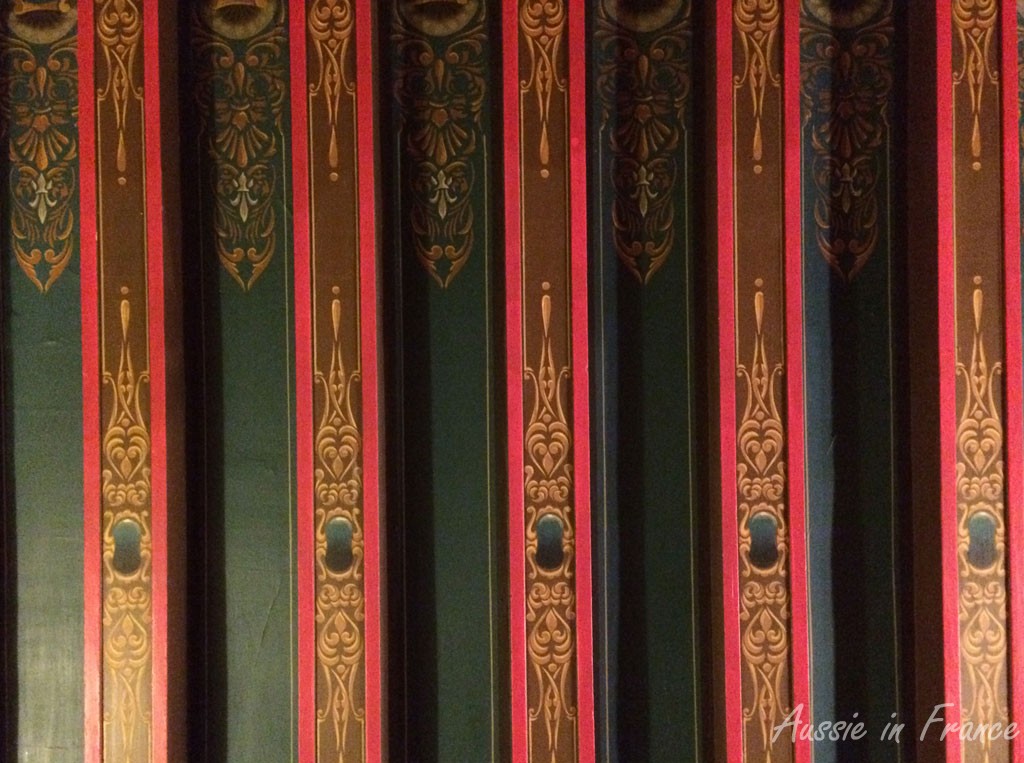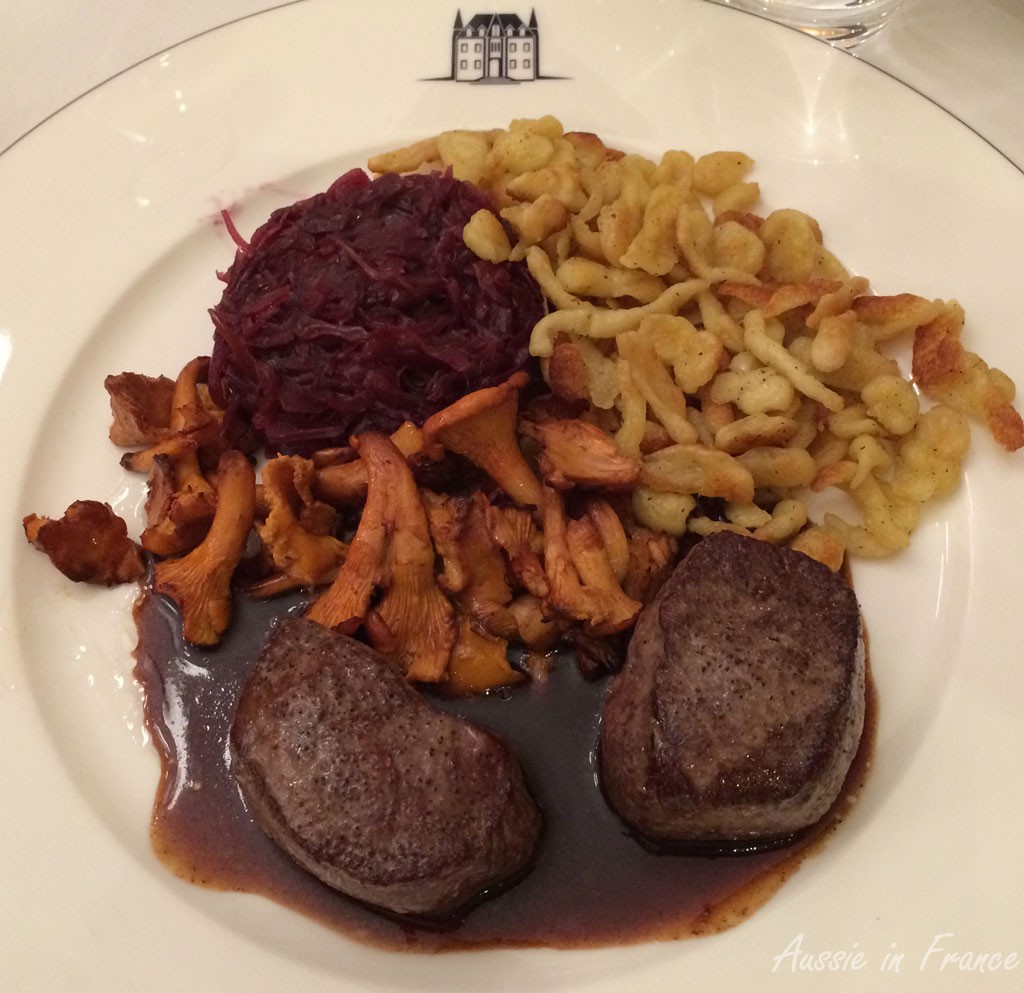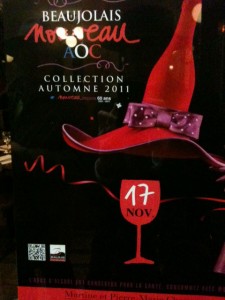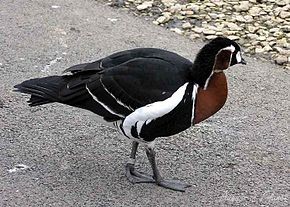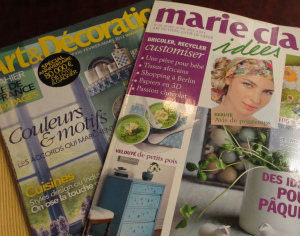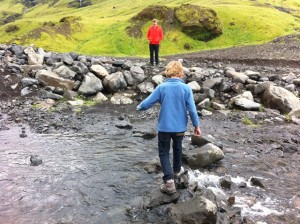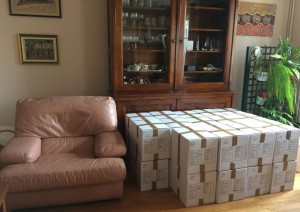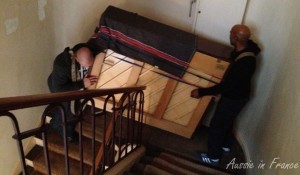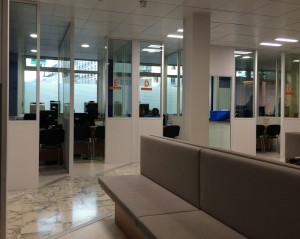 We’re cycling in Germany and I suddenly start seeing little brownish halos over to the right during the day and flashes of light at night. When we arrive back in Paris at the end of July, I make an appointment with the ophthalmologue (no one says anything as straightforward as eye doctor here). In the meantime, a couple of people have mentioned detachment of the retina which is a bit worrying. I asked for an emergency appointment. My regular doctor is not available so I agree to see her colleague, Doctor R.
We’re cycling in Germany and I suddenly start seeing little brownish halos over to the right during the day and flashes of light at night. When we arrive back in Paris at the end of July, I make an appointment with the ophthalmologue (no one says anything as straightforward as eye doctor here). In the meantime, a couple of people have mentioned detachment of the retina which is a bit worrying. I asked for an emergency appointment. My regular doctor is not available so I agree to see her colleague, Doctor R.
Dr R. discovers the cataract
Dr R. reassures me that my retina’s fine but the gel behind the retina of my right eye has got thinner. There’s nothing that can be done about it and it’s not a problem. On the other hand, I have a cataract on my left eye. A cataract? Surely I’m too young for a cataract? “Nothing urgent”, he says, but as we’re moving to Blois where there is a dearth of medical specialists, I prefer to schedule the operation for September.
I don’t mention it to any of my friends nor do I google it. I’m too afraid of hearing horror stories. I figure the doctor will explain everything I need to know. I don’t like the idea of having surgery on my eye.
The silicone lens
At my appointment in early September, Dr R. mentions inserting a silicone lens in my eye. A what? I thought they were removing a cataract not opening up my eye! What if he makes a mess of it and I turn blind? I start asking questions and I can see he’s getting annoyed. “I’m irritating you, aren’t I?” I say.
“No, no, but I don’t think you’re ready. We can wait and do it later.” “But I’m moving in October”, I reply. “I want to have it done now. But I also want to know exactly what’s going to happen to me.” He prints out two sheets of paper for me to take home and read. He tells me to get an appointment with his anesthetist at the G.S.H. private hospital where he operates and sets a date 10 days after our return from Lisbon. Of course, the anesthetist only consults on Thursdays and he only operates on Wednesdays which means I’m going to lose a week.
The cost of the op
I remember to ask how much it’s going to cost: 300 euro more than the regular fee reimbursed by social security plus my mutual fund for him and 75 euro for the anesthetist. A bargain compared with my 3000 euro titanium double gum implant!
I don’t read the blurb until I get back from Lisbon – I don’t want to ruin my holiday, do I? I immediately focus on the post-operative complications and learn that in less than 1 case out of 1000, you can lose your sight and even your eye. Since the surgeon told me this is one of the most frequent operations in the world, a figure of 1 out of 1000 does not sound like a small percentage to me.
The anesthetist’s appointment
The appointment with the anesthetist at the very modern cheerful-looking G.S.H. private hospital in the 5th arrondissement goes well but she seems more interested in the fact that I live in the Palais Royal than anything else . Unfortunately, it’s her colleague Dr T. who’ll be looking after me on the Big Day but she says he’s very nice. I hope he’s efficient.
She’s tells me to have a Bétadine rouge shower the night before the operation and again the next morning. The operation is scheduled for 1.30 pm. “Bétadine“, I say, scandalised. “Yes, you’ll see”, she answers, “it foams just like soap.” I also musn’t eat after 9 am or drink water after 11 am. I’m used to intermittent fasting, so that certainly doesn’t bother me.
A pharmacy strike
It’s Big Day-1. I go to the pharmacy and it’s closed. Strange. I go to another pharmacy. Closed. Something’s going on, I think. I check my iPhone and discover there is a strike because of a project to let supermarkets sell aspirin and other OTC medications. The pharmacists say they’ll lose too much money and that it’s dangerous for the public to have free access to aspirin. The closest pharmacy open today is miles away so I ask my stepson who’s an intern and lives down the road if he has any Bétadine rouge. He does, so the problem is solved.
Well, not really. It’s obvious that what he’s given me may be red but it does not foam. I google and learn that it’s a different product and that I’m even supposed to wash my hair with it. I do not have a good relationship with Bétadine. When Black Cat was (intentionally) born at home, the doctor managed to knock over a whole bottle which ruined the carpet (and his leather doctor’s bag) forever.
I see I can use Hibiscrub instead so next morning at the crack of dawn (for me anyway), I set out to find a pharmacy that is open. The first one only has Bétadine rouge so I buy that for 1 euro just in case. The next pharmacy can have Hibiscrub delivered for 2 pm. Too late. The third pharmacy says “Of course we have it. We have everything.” I bet they don’t really. It costs 8 euros.
I rush home and get in the shower. Hibiscrub is pink which annoys me because I’m getting increasingly stressed. At least it’s better than red. I wash my long hair hoping it will dry in time because I don’t have a hair dryer.
What time’s the op?
Suddenly I am no longer sure of the time of the operation. Is it 1 pm or 1.30 pm? I haven’t written it down and I haven’t been given an appointment card. I phone the hospital but they can’t tell me. They can’t even find me at first (it turns out they are using my married name). I ring the doctor’s secretary but she can’t tell me either. I start panicking.
I do a little rant on Facebook and get lots of nice encouraging friendly replies so I start feeling a bit better. I talk to my brother and family in Sydney on skype which cheers me up as well.
I decide to aim at 1 pm and take my Kindle with me. Jean Michel is driving me there so we set out at 12 pm and arrive at 12.45. It later turns out I should have been there at 12 – I later discover an instruction sheet in my bag that I was given the day I went for the anesthetist’s appointment – but fortunately it doesn’t matter.
The procedure begins
I’m sent up to a waiting room on the 6th floor, where I edge away from the lady who is intent on telling everyone about her previous experience. My particulars are taken, I pay the 18 euros not covered by social security which will be reimbursed by my mutual benefits fund and sign a form putting my future entirely in the hands of a doctor that I’ve seen exactly twice.
A nurse takes me to a changing room but there are no lockers left. She gives me a large sealable plastic bag to put my clothes and belongings in. I’m glad I’m wearing my uncrushable cycling clothes (I’ve become savvy after my recent emergency ward experience) and no jewellery other than my watch. I’m given non-woven blue pyjamas and slippers to put on. I put my watch, phone and kindle in the bag as well and seal it up. I wash my face with Bétadine as instructed. So much for avoiding it!
The op waiting room
I’m directed to a second waiting room with nine day beds in a semi-circle around the room. Some of the other five patients have eye patches so I assume they’ve already been operated on. After a while, a nurse comes and puts drops in my eye to dilate the pupil. My vision gradually blurs and, judging from the other patients, my eye gets bigger. When the nurse goes out, I say to the room in general, “C’est un peu l’usine ici” (it’s like being on a factory line here). That breaks the ice and people chat for a bit.
All the others are being operated on by Doctor B. Now this could be good or bad. Maybe my Dr R. hardly ever does this operation so he’s incompetent or since he only has me to operate on he’ll be extra alert and careful.
There is no clock anywhere but a lady accompanying an older relative sees me look at my wrist and tells me the time. It’s 1.15 pm. I make up stories about the other patients in my head to while away the time and not think about my eye being cut open and going blind.
An elderly lady with an eye patch arrives looking very spry and climbs onto her bed. “It was much better than I thought”, she says. “I didn’t see the time go by.” Is this a pun, I wonder. “We can invite her anytime”, I say out loud, feeling a little less anxious.
Up to the 7th floor
Eventually, a man with a wheelchair comes to get me. The other patients wish me bon courage and he takes me up to the next floor. While waiting for the very slow lift, he keeps his eyes riveted on his smart phone. I really think he should be giving me his undivided attention …
I’m wheeled into a room with about 5 beds and directed towards one of them. Everyone is very cheerful and friendly and efficient-looking. No smart phones here. Dr T. the anesthetist comes over and introduces himself. He tells me that I’m first on the list because his colleague has told him I have to be finished by 3.30 pm so Jean Michel can pick me up. JM’s on call for his technical roster this week so has to be back at work by 5 pm. (He’s checked that someone can replace him if he isn’t but I don’t tell anyone else that).
The anesthetic begins
Dr T. washes the eye area with more Bétadine (they love that stuff) then injects some sort of calming substance into the vein on the back of my hand. It hurts. After that come some eye drops that really hurt but not for too long. I explain that I’m worried about the peribulbar injection I’m going to be given in the eye area. Dr T. is very reassuring and a nurse kindly strokes my face.
In fact, it’s not at all painful and I am feeling very destressed. I hear someone say “Bonjour Dr R.” so I take a look. “Good, he’s the right man”, I say. That makes everyone laugh. He comes over and says hello and checks I’m OK.
Into the operating theatre
I’m wheeled into the operating room and my forehead is strapped to the bed with what feels like adhesive tape (but could be anything) so I can’t move my head. I had wondered how they were going to keep me still. It’s not too uncomfortable. A slightly sticky bandage affair called a champ stérile is then placed over my face with a hole for the eye that has the cataract. They make sure I can breathe. Each time, I’m told what is happening, which is reassuring.
“OK, let’s go”, says Dr R. after the anesthetist has checked I can’t feel anything. I have a blood pressure cuff on my arm that squeezes hard every five minutes. I tell the surgeon that I’m worried about moving at the wrong time. He says not to worry, that when I have to be super-still, he’ll tell me.
Thinking about my garden
I don’t want to think about what he’s doing to my eye so I try and make a list of all the different flowers in our garden in Blois. When I’ve finished, I imagine myself in front of our Renaissance fireplace with Jean Michel, drinking vouvray and eating foie gras.
Dr R. asks how I’m going and I tell him about the garden. He approves. I hear him ask for the lens and not long after that, he warns me that the ultrasound is going to begin. That, apparently, is what is used to implant the lens. Shortly after, ,he says he’s finished. The whole operation takes about 15 minutes. “Are you happy with the result”, I ask. “Yes”, he says, “you were perfect.” I glow. I now have a compress with a hard plastic shell over it taped to my face. I can’t feel anything.
Back to the ante-chamber
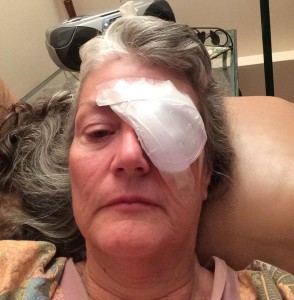 I’m wheeled back into the ante-chamber and a male nurse comes to make sure everything is going well. While I’m recovering I look at the way the doctors and nurses wear their skull caps. Everyone has a different technique for tying it on. I remark upon this to my nurse, “Tout le monde a sa coiffe” (everyone has their own headdress). “Ah”, he says, looking pensive. A few minutes later, he adds, “Well, I guess that some days you could say that everyone has their cross to bear.”
I’m wheeled back into the ante-chamber and a male nurse comes to make sure everything is going well. While I’m recovering I look at the way the doctors and nurses wear their skull caps. Everyone has a different technique for tying it on. I remark upon this to my nurse, “Tout le monde a sa coiffe” (everyone has their own headdress). “Ah”, he says, looking pensive. A few minutes later, he adds, “Well, I guess that some days you could say that everyone has their cross to bear.”
I start guffawing. He thought I said croix meaning cross and not coiffe meaning headgear! “You must have thought I was strange”, I say. “Well, maybe a believer”, he replies.
Back to the post-op room
I’m given the OK by the doctor and the anesthetist, together with a prescription for an eye bath and three lots of eyedrops to be used three times a day for a month (how will I ever remember?) as well as a painkiller if needed. My porter wheels me back to the lift and down to the sixth floor. There are noticeably fewer people in the room. I remind the nurse that I need to be out by 3.30 pm. “Well, that certainly won’t be possible”, she says. I explain about Jean Michel so she asks for his mobile number and passes me the phone. I should be finished by 4.
I rest for a while then my blood pressure is taken. A nurse’s aid takes me to have a collation. I feel fine except that I am having a little difficulty only seeing out of one eye which does not have 10/10 vision. I am given coffee, fruit juice, stewed apple and a little cake. Breakfast at 3.45 pm.
Going home
Then I’m allowed to go and change back into my clothes. I phone Jean Michel who’s waiting in a parking bay a few streets away and make my way downstairs. I’m feeling relieved and tired with no pain whatsoever.
When I get home, I sleep for a while then continue resting until dinner. I feel a little whoozy but that’s all. I go to bed early. I have very slight discomfort as though I had a bit of grit in my eye but certainly not any pain. I take the pain killer anyway just in case.
The morning after
Next morning, after sleeping reasonably well despite the bandage over my eye, I have an appointment with the surgeon at 11 am. I’m still feeling slightly nauseous so get Jean Michel to go and get the eye drops.
I’m able to walk the 20 minutes to the doctor. He says that all looks good and that I should only need a slight correction when driving at night, particularly in the country (as opposed to Paris where no one ever drives). He also tells me to phone him if I have any negative symptoms or questions.
I come home, lie on the couch, have lunch and then go back to bed for a sleep. I’m feeling much more tired than I expected. My vision is very, very sharp and I’m a little dazzled by the light. I can see a sort of rim off to the left that I forgot to mention to the doctor.
My vision – before & after
I just want to explain about my vision. I have always been shortsighted and have been wearing contacts for years. About ten years ago, my vision started to change. I became less shortsighted and more longsighted. My right eye in particular became much stronger and I had stopped wearing contacts or glasses at home altogether, only putting them on when I went out.
However, reading a menu or even my iPhone with its little letters, was not always easy and I certainly couldn’t thread a needle or see the tiny date on my watch. My Kindle had solved the problem of reading in bed because you can increase the size of the letters at will.
However, no one has explained to me that the little silicone lens called an intraocular lens that replaces the crystalline lens when a cataract is removed is actually a corrective lens. When the doctor said I’d see better after the operation, I assumed that he meant that the cataract had been obstructing my vision.
The multifocal intraocular lens
A chance comment from my intern stepson sends me to google. I discover that monofocal lenses were initially used to provide vision at one distance only : far, intermediate or near. Now there are multifocal lenses that allow patients to see objects at any distance, thus eliminating the need to wear glasses or contact lenses. What a bonus!
I’m supposed to wear the cover plate over my eye for 5 nights. After one night, I decide it’s not necessary. Jean Michel hasn’t ever put his elbow in my eye when I’m asleep so I don’t suppose he’s going to start now. The next day, I’m still feeling exhausted and don’t want to go anywhere near the computer so I have a rest day. I keep away from the packing cartons as well because of the risk of getting dust in my eye.
I phone the doctor to ask about the rim of light I can see and he explains that it’s the edge of the lens and that I will get used to it. I guess it like wearing sunglasses with different size frames.
A very positive result
It’s now four days since I had the operation and I’m feeling fine although still a little tired. I can thread a needle and see the little date on my watch. I can read a menu in a restaurant at night without any trouble. I can see the small print on my iPhone and all my photos are sharper. I will definitely need a lens on my right eye at night particularly to drive. I’m annoyed that I had just bought a six months’ supply of lenses for both eyes. Had I only known!
The only downside is that I can now see all my wrinkles!
